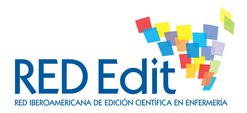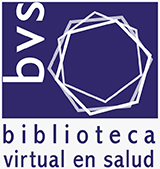PERIPHERAL VASCULAR ACCESS IN NEWBORN OF INTENSIVE CARE UNIT: EXPERIENCE OF A PUBLIC HOSPITAL
Keywords:
Venous access, peripheral intravenous catheter, Infant, NewbornAbstract
In the context of a public hospital, a prospective study was conducted to compare two methods of peripheral venous catheterization used in neonatal intensive care units. Type and incidence of complications and venipunction practices were analyzed. 828 catheters were used in 75 neonates (595 Vialon® and 233 Butterfly steel needle). The mean life span of Vialon® was longer than Butterfly. In neonates less than 1500g, Insyte® remained functional longer than Butterfly, but this required less time and attempts to be installed. The main reason to removal both types of catheters were extravasations (75%). There were no differences in phlebitis incidence but tissue necrosis incidence was higher in Butterfly (RR: 17,8; IC95 2,2 – 144,5). We recommend the use of Vialon®, even though the utilization time is longer than 72 hours.
Downloads
Published
How to Cite
Issue
Section

This work is licensed under a Creative Commons Attribution 4.0 International License.












